Preparatory work
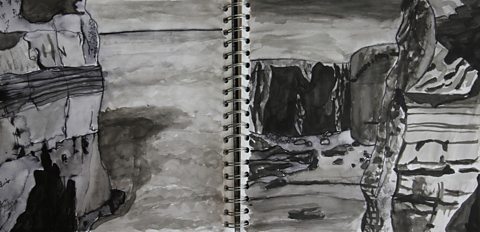
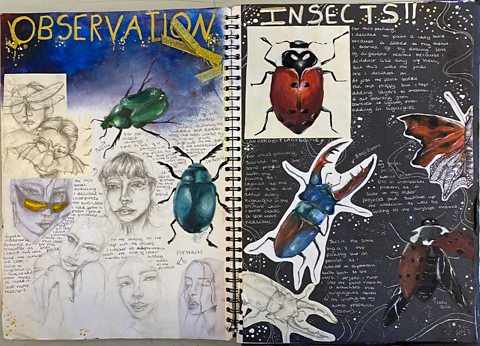
Preparatory studies should include observational drawings, photographs, artist research, experiments and ideas for how you plan to develop your initial work into your final piece.
- Use good quality paper - this will make a real difference to the standard of your work.
- Work in a methodical way through your project.
- Use a variety of materials when drawing from observation - pencil, pen, chalk, oil pastel and watercolour, for example.
- Be imaginative with the layout and presentation of your work.
- Annotate your work to describe why you have done things and how you could develop them further.
- Make sure your work links to that of other artists.
- Make sure you note where an image has come from if you have found a relevant photograph on the internet or in a magazine.
- Experiment and take risks.
- Spend time considering your final piece. Try a wide variety of design ideas and experimentation to refine and improve your ideas.
- Don't throw anything away. All the work you do - even unfinished pieces - could be important to demonstrate an understanding of the assessment objectives.
- Make sure you have covered the first three assessment objectives within your sketchbook work.
Drawing
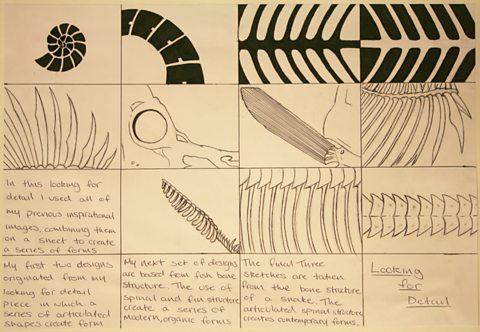
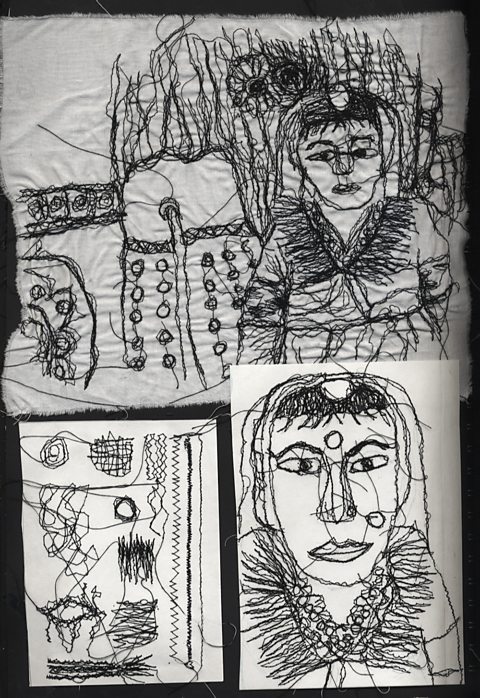

Whatever area of art and design you work in, you must show evidence of drawing as part of your development process.
Drawing does not have to mean producing sketches or detailed studies using pens or pencils. You do not have to demonstrate technical mastery of drawing skills unless this is relevant to your area of study. Your focus should be on using drawing skills for different needs and purposes, appropriate to the context.
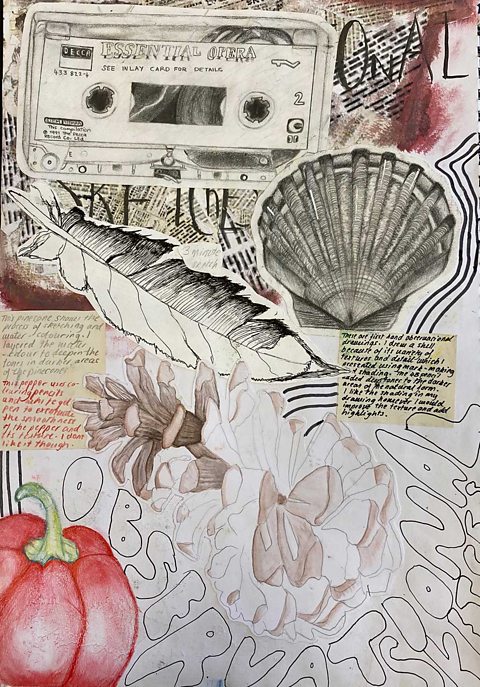
Different areas of study and different projects could involve very different types of drawing. Examples could include:
- Making analytical drawings, expressive sketches or thumbnail compositions using pen, pencil or charcoal for drawing or painting
- Drawing and manipulating motifs through conventional drawing or using design software in printmaking or textile design
- Producing rough drawings of layouts, altering marks, line and shapes and experimenting with design software in graphic communication
- Creating sketch models, maquettes and armatures to explore space and form in three dimensional design and sculpture
- Producing perspective drawings, technical drawings and three dimensional models exploring space and form for architecture, interiors or product design
- Experimenting with form and pattern using embroidery and stitching, or sketching designs using fashion templates for textile design
- Exploring mark making to create patterns, decorate or alter the appearance of ceramic surfaces
- Drawing studio set ups, creating compositions with light pens, drawing over printed images or working with image manipulation software for photography
Personal response

All of your prepatory work leads up to your personal response or final piece. To make a successful final piece, you must:
- Clearly link your final piece with your preparatory work.
- Make sure your final piece links to your artist or designer research.
- Finish all of your preparatory work before you start your final piece - it's worth a lot more marks.
- Make sure your personal response isn't simply a larger version of your preparatory work.
- Review and refine your ideas so that you are completely happy with them.
- Complete your experiments with materials, composition and construction so that you feel in control of what you are doing before you start your final piece.
More guides on this topic
- Finding inspiration - OCR
- Responding to stimuli - OCR
- Analytical drawing - OCR
- Developing ideas - OCR
- Creating a design brief - OCR
- Experimenting with materials and techniques - OCR
- Recording and observing - OCR
- Annotating your work - OCR
- Analysing and evaluating - OCR
- Externally set assessment - OCR